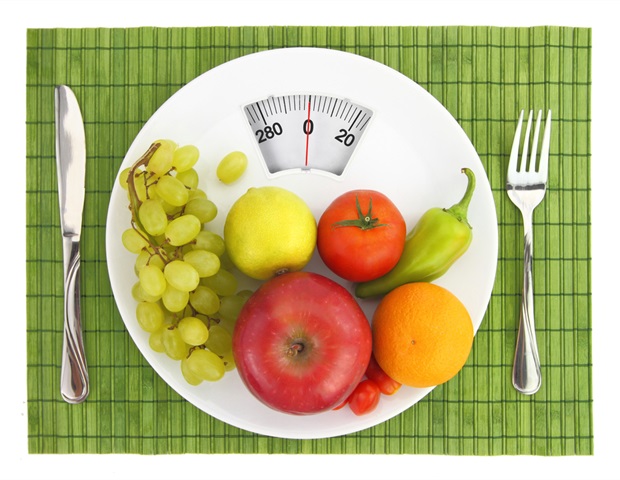
New research showing the association between greater bean and pulse consumption and improved shortfall nutrient intakes and a higher diet quality in American adults will be presented during the Academy of Nutrition and Dietetics (the Academy) Food & Nutrition Conference & Expo (FNCE) 2024 in Minneapolis, MN. The poster session is scheduled for Tuesday, October 8, 2024, from 10:45 – 11:45 AM CT at the Minneapolis Convention Center.
Researchers assessed the effect of increased bean and pulse consumption, in the typical US dietary pattern, on shortfall nutrient intakes and diet quality outcomes. According to the findings, dietary patterns that are rich in beans and pulses are associated with significantly higher diet quality scores and greater intake of shortfall nutrients, including nutrients of public health concern. Pulses are the edible seeds of plants in the legume family. Pulses grow in pods and come in a variety of shapes, sizes and colors and include beans, peas, chickpeas, and lentils. For this study, canned and dried kidney beans, black beans, chickpeas, pinto beans (beans) were included in the composite.
Impact on shortfall nutrients
Using data from the National Health and Nutrition Examination Survey, 2001-2018, the analyses modeled the addition of one- and two-servings of beans (as outlined above) in adults. Results show that greater consumption of beans is associated with significant increases in several shortfall nutrients, including dietary fiber, potassium, magnesium, iron, folate, and choline.
Impact on diet quality
Additionally, the addition of 1 and 2 servings of beans daily to the US typical dietary pattern significantly increased overall diet quality, as assessed by USDA’s Healthy Eating Index-2015 (HEI-2015). In fact, HEI-2015 total scores were 15% greater with an additional serving of beans and 19% higher with 2 servings of beans, relative to the US typical dietary pattern.
In both younger and older adults, this evaluation showed that beans contributed to a substantial increase to daily dietary fiber intake.iv This is critical since fewer than 1 in 10 US adults meet fiber recommendations to maintain optimal digestive health and prevent chronic diseases, including cardiovascular disease, diabetes, obesity and certain cancers. Additionally, the majority of US adults fall short on meeting potassium recommendations. According to the American Heart Association, “foods with potassium can help control blood pressure by blunting the effects of sodium and the more potassium you eat, the more sodium you process out of the body.”
“This research clearly shows that eating beans and pulses is good, but eating more is better.,” states study author Yanni Papanikolaou, of Nutritional Strategies Inc. “Beans and pulses are excellent sources of fiber, folate and potassium and excellent sources of plant protein that also provides iron and zinc like other protein foods.” The study was funded by Cannedbeans.org on behalf of Bush’s Best and the Coalition for the Advancement of Pulses.
Beans and pulses remain under consumed in the United States, with greater than 80% of the population below recommendations. Consumption data show beans, peas, and legumes are consumed in relatively small amounts, at an average of 0.1 cup/day. Recent research published in April and June of 2024 shows that dietary patterns rich in canned and dried kidney beans, black beans, pinto beans and/or chickpeas are associated with significantly higher diet quality scores. Highest diet quality scores are associated with 24% decreased risk of cardiovascular disease, 31% reduced risk for coronary heart disease, 20% lowered risk for stroke, 23% decreased risk for diabetes, and 6% reduced risk for cancer.
This research supports the growing body of evidence that consumption of beans and pulses may have numerous nutrient and public health benefits. In fact, pulses are so nutritious that they were recently listed on DietaryGuidelines.gov as among the highest sources of potassium, iron and fiber, three nutrients of concern, in the latest health professional resources.”
Tim McGreevy, CEO, of USA Pulses
Academy of Nutrition and Dietetics
Papanikolaou, Y., et al. (2024). Adult dietary patterns with increased bean consumption are associated with greater overall shortfall nutrient intakes, lower added sugar, improved weight-related outcomes and better diet quality. Nutrition Journal. doi.org/10.1186/s12937-024-00937-1.
